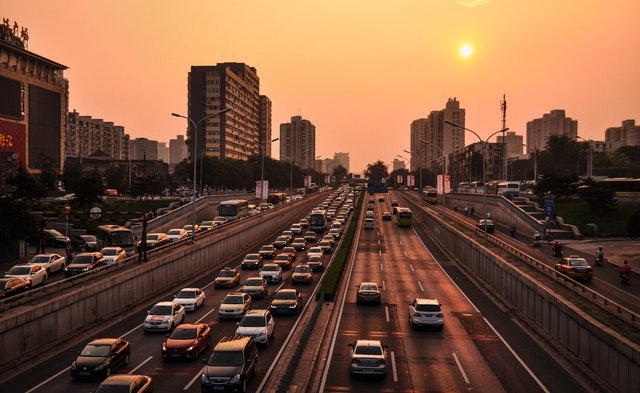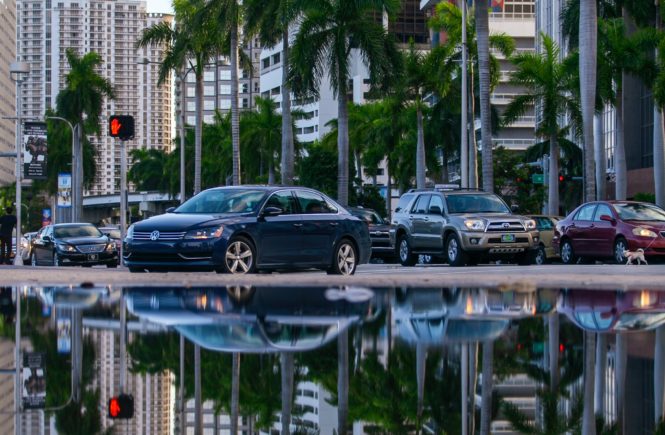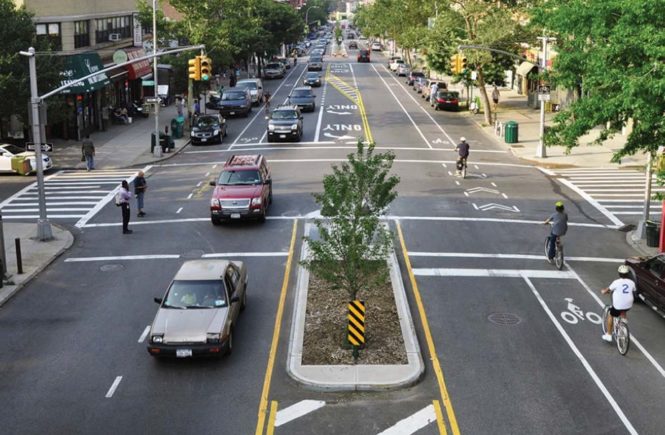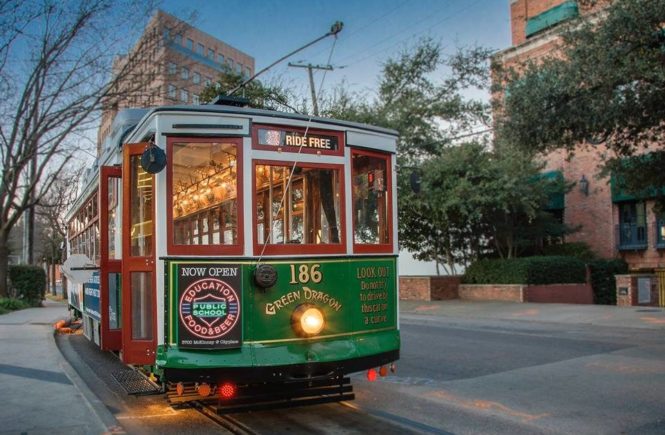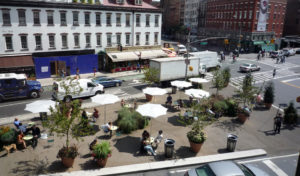
The last book Jane Jacobs completed before she died was Dark Age Ahead. It’s a rant against the evils (real and imagined) that she felt were crippling society. Meandering and pessimistic, it lacks the eureka moments of Death and Life of Great American Cities, but it makes some interesting points about transportation policy. One of the more memorable parts of the book was her diatribe against traffic modeling. Her arguments centered on the unique characteristics of human behavior which often don’t fit current traffic models. Close a road, and instead of an equal number of cars re-routed, total traffic volumes will be reduced instead. The tried and true theories of fluid dynamics cannot be applied to traffic models since cars are driven by people, and predicting human behavior is more complex than predicting how water flows through a pipe.
This is similar to Anthony Downs’ Triple Convergence theory, which says that expanding roadway capacity will eventually lead to more drivers using the improved roads, negating whatever capacity improvements have been built. This new traffic comes from:
- Drivers who formerly used alternative routes during peak hours switch to the improved expressway (spatial convergence)
- Drivers who formerly traveled just before or after the peak hours start traveling during those hours (time convergence)
- Some commuters who used to take public transportation during peak hours now switch to driving, since it has become faster (modal convergence). (Stuck in Traffic, 1992)
There’s a common theme from these two very different authors. Closing or narrowing roads reduces traffic, and widening roads increases traffic. The solution to congestion (road building/widening) creates the symptoms (traffic) which are used to further justify more road building. This never ending cycle has been going on for decades, especially on suburban commercial strips where stroads and 8-10 lane arterials have increased traffic volumes and crashes while almost eliminating other mode choices.
While America has great infrastructure needs, including delayed bridge maintenance, transit and high-speed rail, it seems there are always funds available for road widening despite evidence that induced demand rapidly depletes additional capacity.
When Texas expanded the Katy Freeway in Houston a few years back, the expectation was that making the massive road even wider would relieve traffic. Some $2.8 billion later, the 26-lane interstate laid claim to being the “world’s widest freeway”—but the drivers who commuted along it every day were no better off. More lanes simply invited more cars, and by 2014, morning and evening travel times had increased by 30 and 55 percent, respectively, over 2011. (Citylab, 2016)
In trying to predict where road widening makes the best use of public funds, induced demand may actually be preferable to the opposite outcome: Expanding a roadway and having nobody drive on it. There are many 6 and 8 lane arterial roads in American cities that have traffic volumes that could easily be accommodated by a 2 lane road. These are often roads with flat historic traffic volumes over the past 10 years, but which were projected to service a 2-3% traffic growth rate. Is maintaining over-engineered streets a good use of public funds?
As Jane Jacobs predicted, removing lanes has the opposite result that many models forecast. In case studies of 25 complete streets projects by the University of Oregon, many road diet projects saw traffic volumes decrease after construction while increasing capacity for pedestrians, transit and cyclists. New York City is notable for putting these ideas into action. The Madison Square Pedestrian Project, the Broadway Blvd Midtown Improvements, and the 34th St. Midtown Pedestrian Mall show that eliminating full traffic lanes on busy streets in order to create outdoor living rooms, cafe space and transit/bike lanes is not only technically possible, but has enormous quality of life benefits. Baltimore has also removed a full lane of traffic on Pratt St. (one of the busiest streets in the city) with little impact on congestion and replaced it with a dedicated bike/bus lane.
When it comes to road diets, Jane Jacobs and Anthony Downs have been consistently proven right. Policy makers, engineers and planners should take note of their theories on traffic and human behavior when interpreting traffic model outputs. A more wholistic approach to transportation planning is necessary to improve traffic safety, accommodate new transportation modes, and meet sustainability goals for the 21st century.

